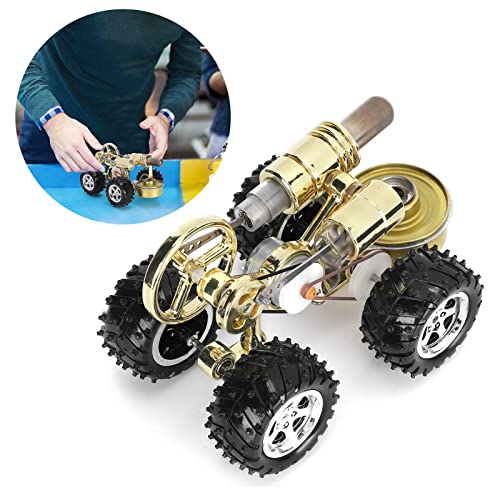I made a crude steam engine for my 12th grade science project, with a lot of help from my dad.
It used a Briggs lawnmower piston, and was single-acting.
I wanted to build steam engines every since I ran across my dad's copy of "Audel's Power Plant Engineer's Guilde" back in the late 1960's.
I saw some fabulous steam engines in the Audel's book, and so I went around to the local hobby shop, where they sold Wilesco model steam engines, and asked "Where do I buy a real steam engine ?".
They said "Oh, they don't make those anymore".
So I have always wanted to make steam engines again, and if possible, make full sized engines, cast in gray iron like the original engines.
Its not really a hobby for me, but rather a lifelong obsession with recreating something that most assume has vanished forever.
It bothers me when someone says "You can't get those anymore, and you won't be able to make one yourself either".
My philosophy is "If it was made at one time, then it can be made again in the same or improved way".
.
It used a Briggs lawnmower piston, and was single-acting.
I wanted to build steam engines every since I ran across my dad's copy of "Audel's Power Plant Engineer's Guilde" back in the late 1960's.
I saw some fabulous steam engines in the Audel's book, and so I went around to the local hobby shop, where they sold Wilesco model steam engines, and asked "Where do I buy a real steam engine ?".
They said "Oh, they don't make those anymore".
So I have always wanted to make steam engines again, and if possible, make full sized engines, cast in gray iron like the original engines.
Its not really a hobby for me, but rather a lifelong obsession with recreating something that most assume has vanished forever.
It bothers me when someone says "You can't get those anymore, and you won't be able to make one yourself either".
My philosophy is "If it was made at one time, then it can be made again in the same or improved way".
.




















![MeshMagic 3D Free 3D Modeling Software [Download]](https://m.media-amazon.com/images/I/B1U+p8ewjGS._SL500_.png)








































![DreamPlan Home Design and Landscaping Software Free for Windows [PC Download]](https://m.media-amazon.com/images/I/51kvZH2dVLL._SL500_.jpg)







